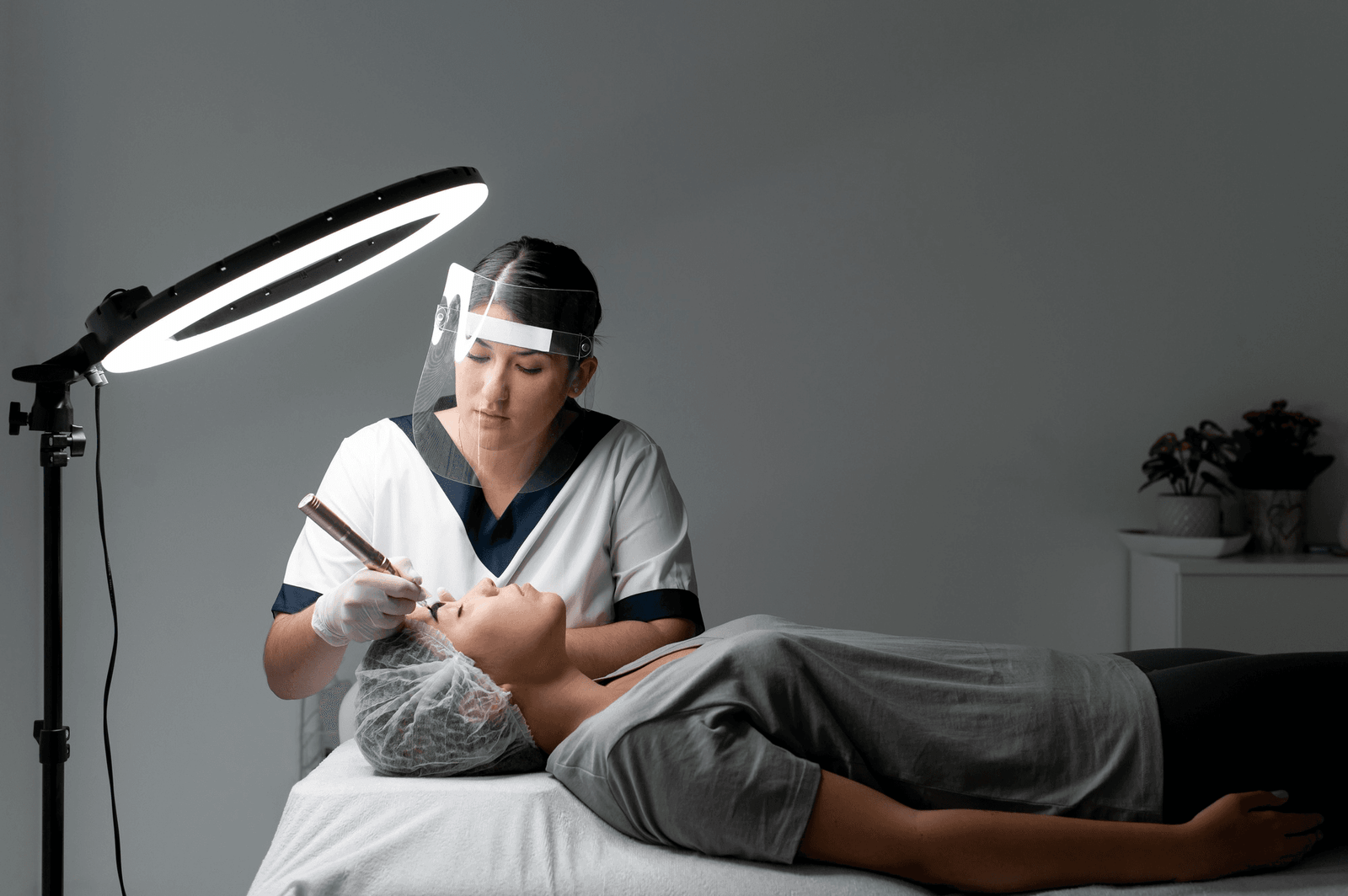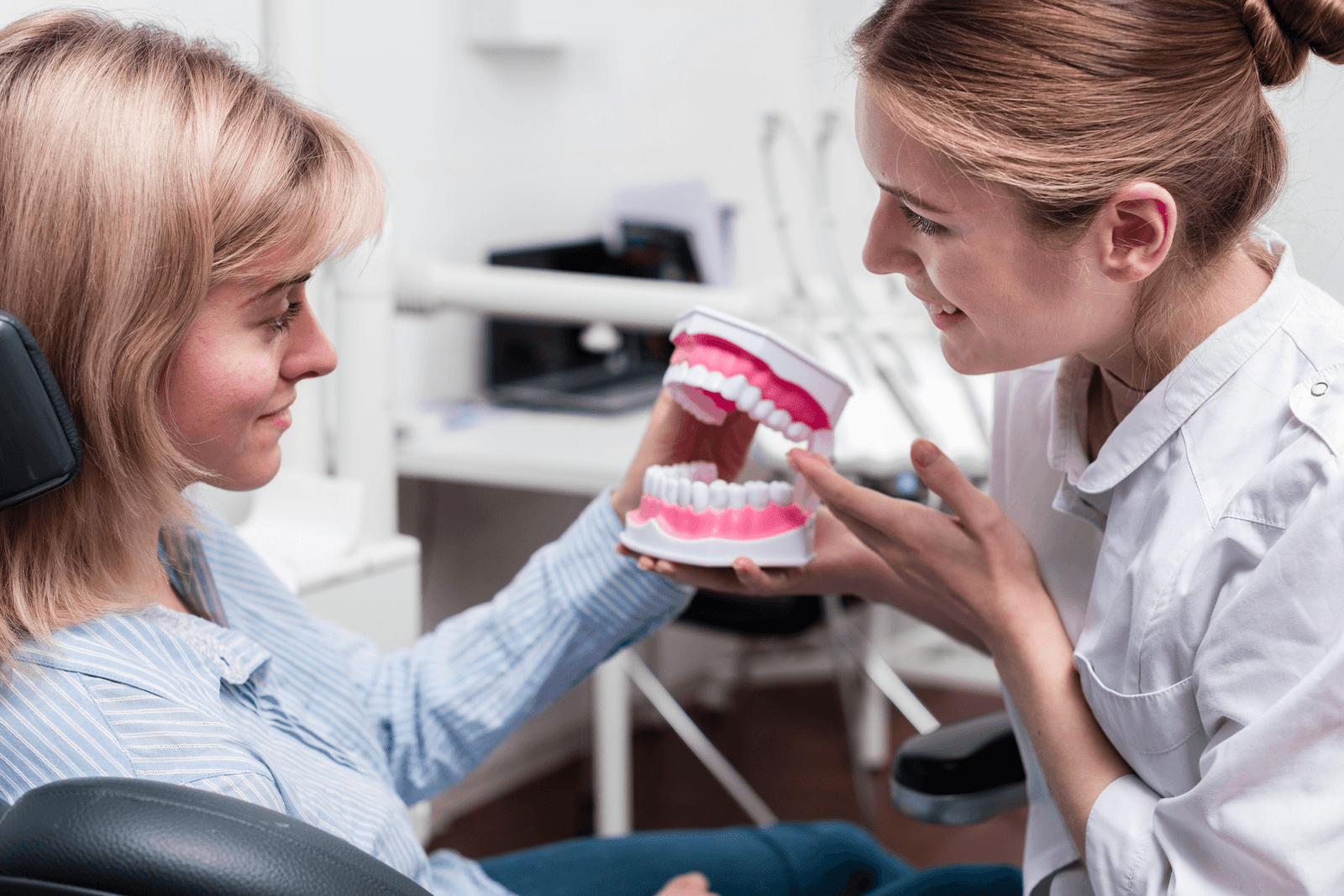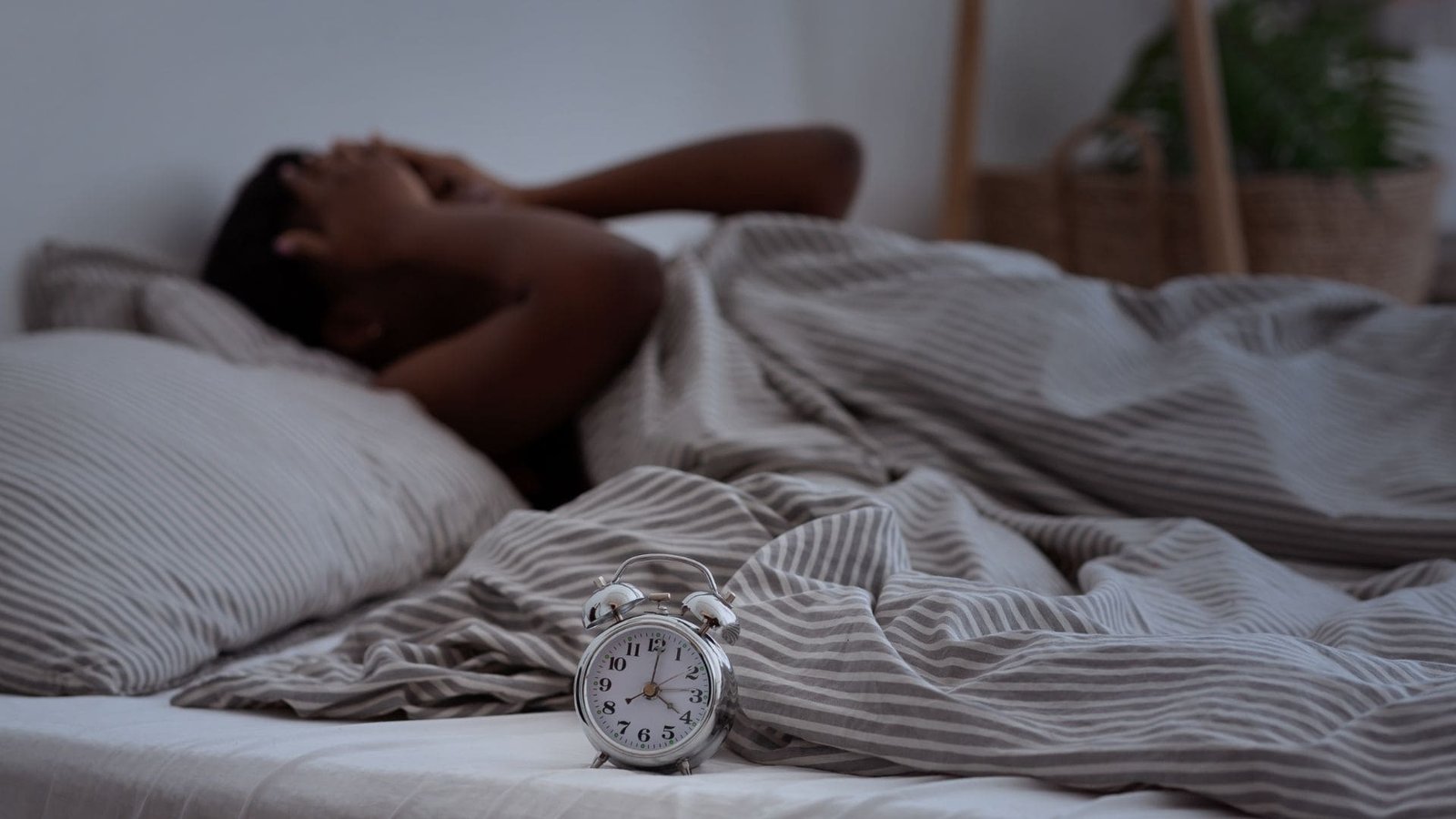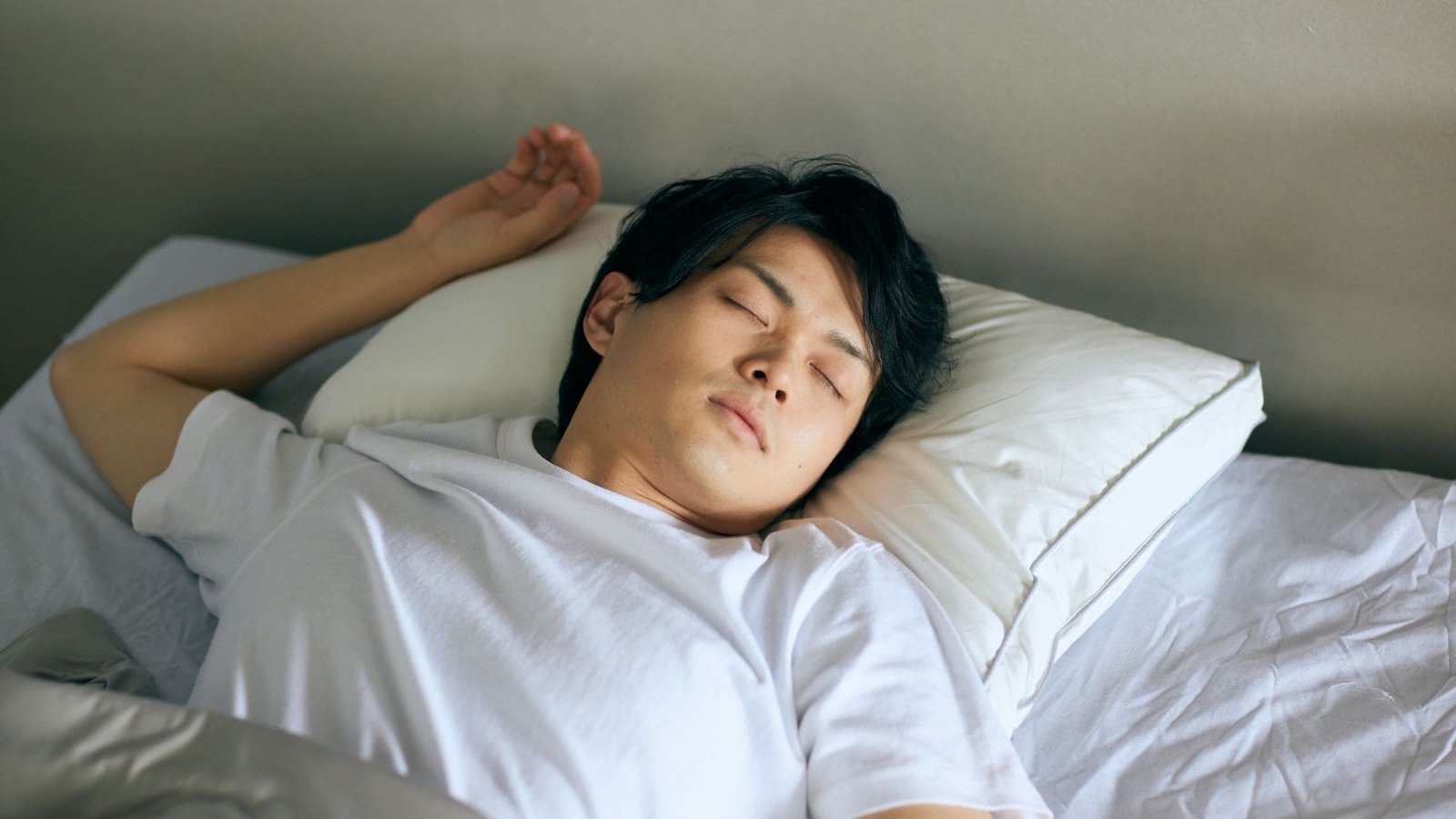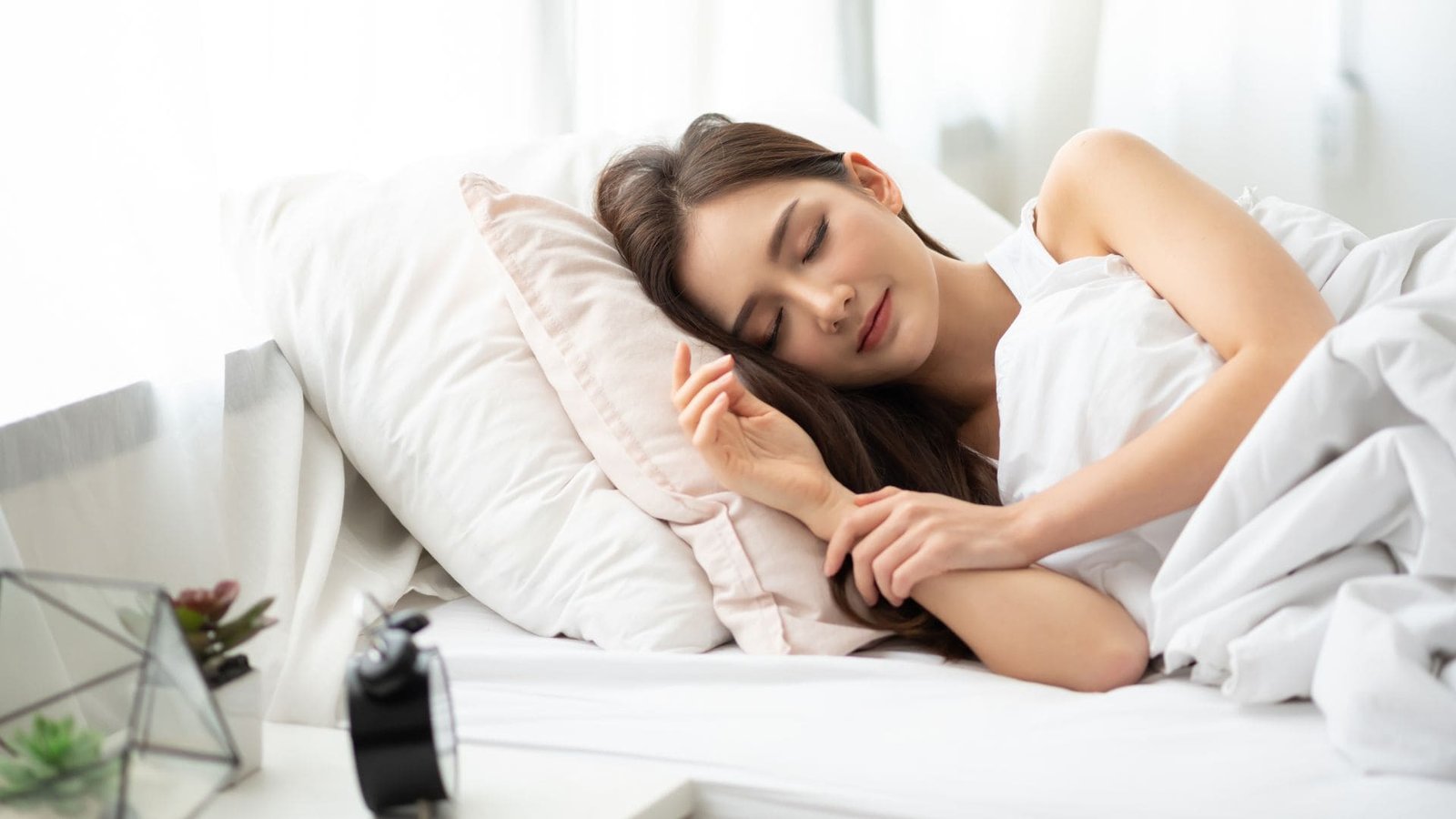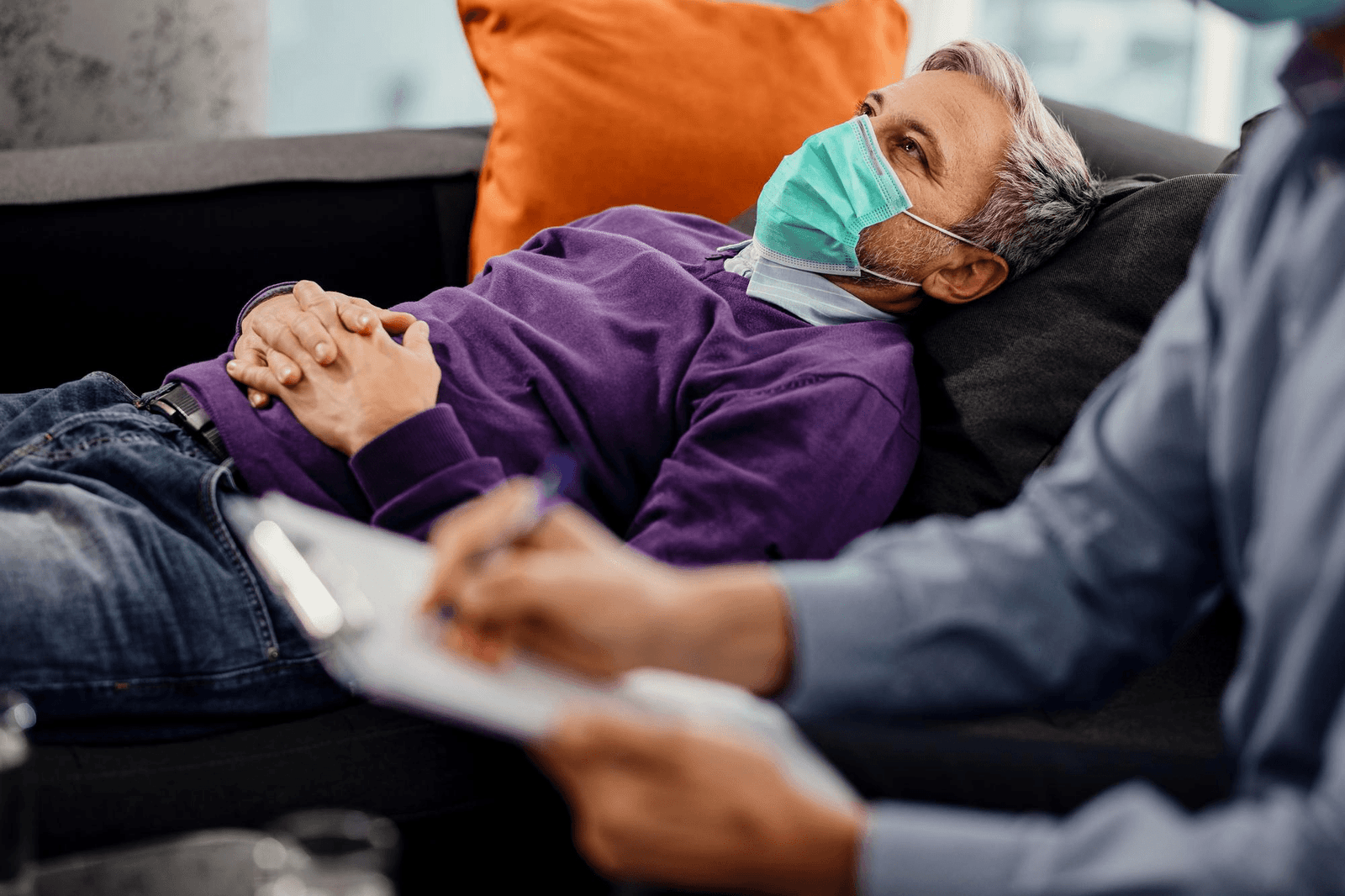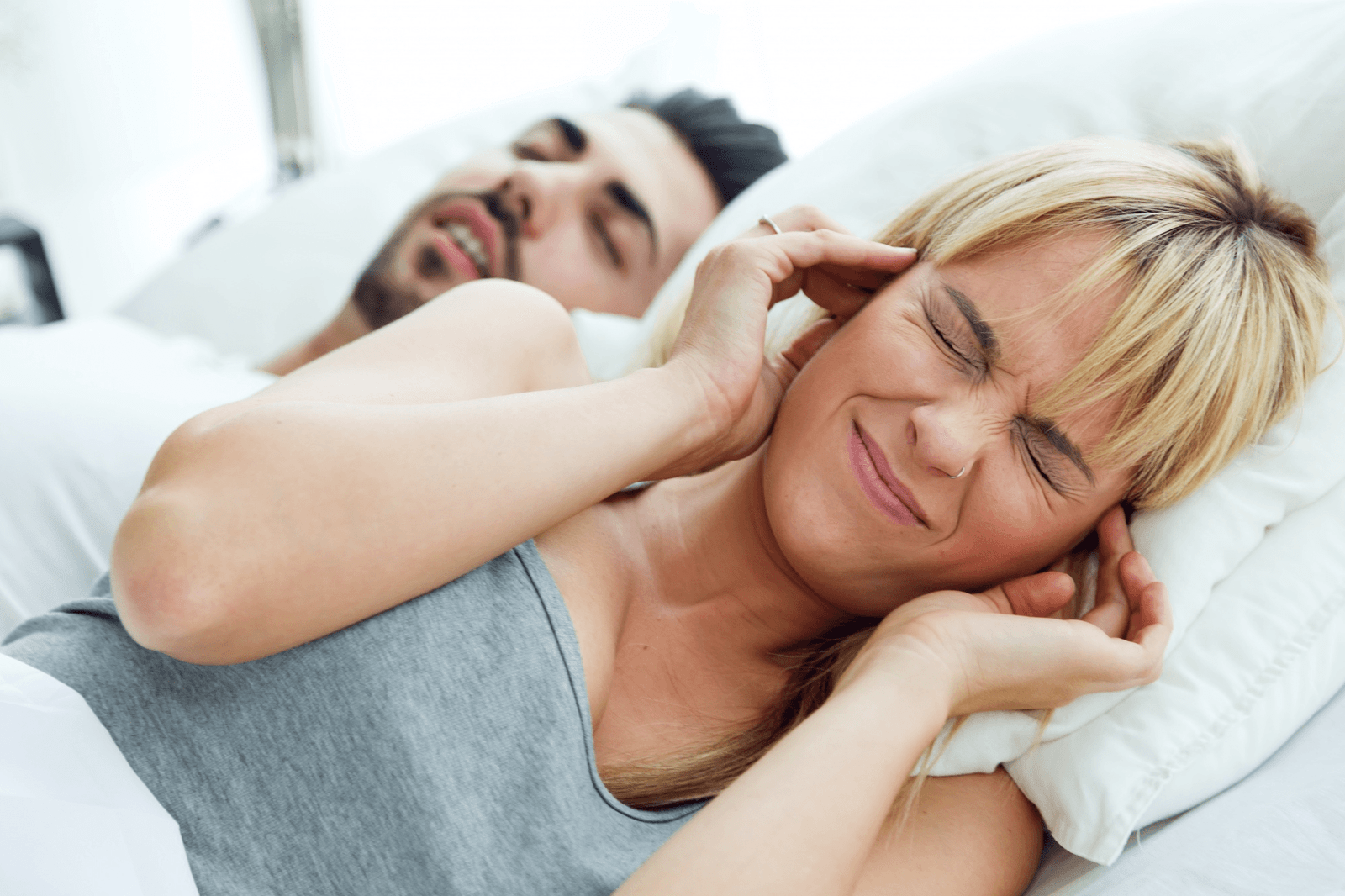Introduction: Understanding NightLase and Patient Concerns
For many people living with disruptive snoring or sleep-related breathing issues, NightLase® has become a frequently discussed non-invasive option. It uses laser light to gently tighten the tissues in the airway, reducing vibration that leads to snoring. Yet one common and important question patients ask is: is NightLase safe?
Safety concerns are natural, particularly when considering a laser-based procedure. Patients want to know about potential risks, side effects, recovery times, and whether credible scientific evidence supports the treatment. They also want reassurance from local providers who perform the therapy regularly.
For individuals in Worcester and beyond, the goal of this article is to review the available clinical data, outline what official regulators like the FDA say, and highlight what reputable providers emphasise about patient safety. If you are just beginning to explore this treatment, you may find it useful to learn more about NightLase snoring therapy and how it works in practice.
The Safety Question: What Does the Science Say?
When evaluating whether a medical or dental treatment is safe, two elements are typically considered: clinical studies and regulatory approvals.
FDA Clearance
NightLase is based on the Fotona laser platform, which is cleared by the FDA for soft-tissue procedures. FDA clearance does not mean the agency has tested NightLase for every possible condition but confirms that the device meets recognised safety standards for its intended use. For patients, this provides a baseline level of reassurance that the technology has been reviewed and cleared for medical application.
Clinical Studies on NightLase
Several published studies have explored the safety and effectiveness of NightLase. Findings generally show:
- Non-invasive approach – No cutting, needles, or anaesthesia required.
- Minimal discomfort – Patients report warmth or tingling but rarely pain.
- Low complication rates – Clinical studies highlight a very small incidence of adverse effects.
- Functional improvements – Reduced snoring intensity and improved sleep quality are reported outcomes.
Common Side Effects and What Patients Experience
Although NightLase is considered low-risk, patients should still be aware of possible side effects. These tend to be temporary and resolve without medical intervention.
Side Effect | Description | Duration |
Mild throat dryness | Slight irritation post-treatment | 1–2 days |
Temporary tissue sensitivity | Soreness or tingling in treated area | Few hours to 1 day |
Minor swelling | Localised tissue response | 24–48 hours |
Voice changes (rare) | Hoarseness in some patients | Typically under 48 hrs |
Providers emphasise that unlike surgical interventions, these effects are short-lived and manageable without medication.
Recovery and Daily Life After NightLase
One of the strongest safety indicators is how easily patients return to normal activities. With NightLase, most individuals resume daily routines immediately after a session. No downtime, dietary restrictions, or lengthy recovery phases are required.
The treatment typically involves a series of sessions, often spaced a few weeks apart. Gradual tissue tightening occurs, which means improvements build over time without placing undue stress on the body. This makes NightLase an attractive option for patients seeking a balance between effectiveness and safety.
For those seeking local expertise, you can consult a Worcester sleep apnoea provider who can assess individual suitability and explain recovery expectations in more detail.
Provider Credentials and Why They Matter
Technology and scientific studies are important, but who delivers the treatment plays an equally significant role in patient safety.
Factors Patients Should Verify
- Professional training in dental sleep medicine or ENT practice.
- Certification in the use of Fotona laser systems.
- Clinical experience with multiple successful NightLase procedures.
- Transparency in explaining benefits, risks, and expected outcomes.
Worcester providers emphasise that patient screening is vital. Not every individual is a candidate for NightLase. Those with severe sleep apnoea, for instance, may require alternative interventions.
By choosing an experienced professional with the right background and credentials, patients significantly reduce the likelihood of complications and increase their chances of long-term success.
How Worcester Providers Address Patient Safety
Providers in Worcester highlight a patient-centred approach when offering NightLase. This typically includes:
- Initial consultation – Reviewing medical history and sleep concerns.
- Assessment of airway health – Identifying whether NightLase is appropriate.
- Clear consent process – Explaining benefits, risks, and alternative options.
- Post-session guidance – Advising on hydration, rest, and expectations.
This structured process ensures that treatment is not only scientifically supported but also carefully adapted to each patient’s unique needs.
If you would like to discuss your personal suitability, the safest option is to book a consultation with a local provider and receive a tailored assessment.
Final Thoughts: Is NightLase Safe?
When patients ask, “Is NightLase safe?”, the available evidence provides a reassuring answer. FDA clearance confirms the technology meets safety standards, while clinical studies highlight minimal side effects and effective outcomes. Recovery is straightforward, and with the right provider credentials, risks are very low.
However, every medical decision should be based on personal health history and professional guidance. By working with a qualified provider in Worcester, patients can feel confident that safety will remain the central priority in their treatment journey.
Frequently Asked Questions
Is NightLase FDA approved?
NightLase uses the Fotona laser system, which has received FDA clearance for soft-tissue procedures, confirming it meets recognised safety standards.
What are the risks of NightLase?
Risks are minimal compared to surgical interventions. Temporary throat dryness, mild swelling, or sensitivity may occur, but these typically resolve within 48 hours.
How long is recovery after NightLase?
There is no formal downtime. Most patients resume normal activities immediately, with only minor short-term throat irritation possible.
Are there clinical studies supporting NightLase?
Yes, published studies have documented improved snoring outcomes and low complication rates, reinforcing the treatment’s reputation for safety.
Can anyone have NightLase treatment?
Not everyone is an ideal candidate. Individuals with severe obstructive sleep apnoea may require alternative therapies. A consultation with a trained provider is necessary for proper assessment.

